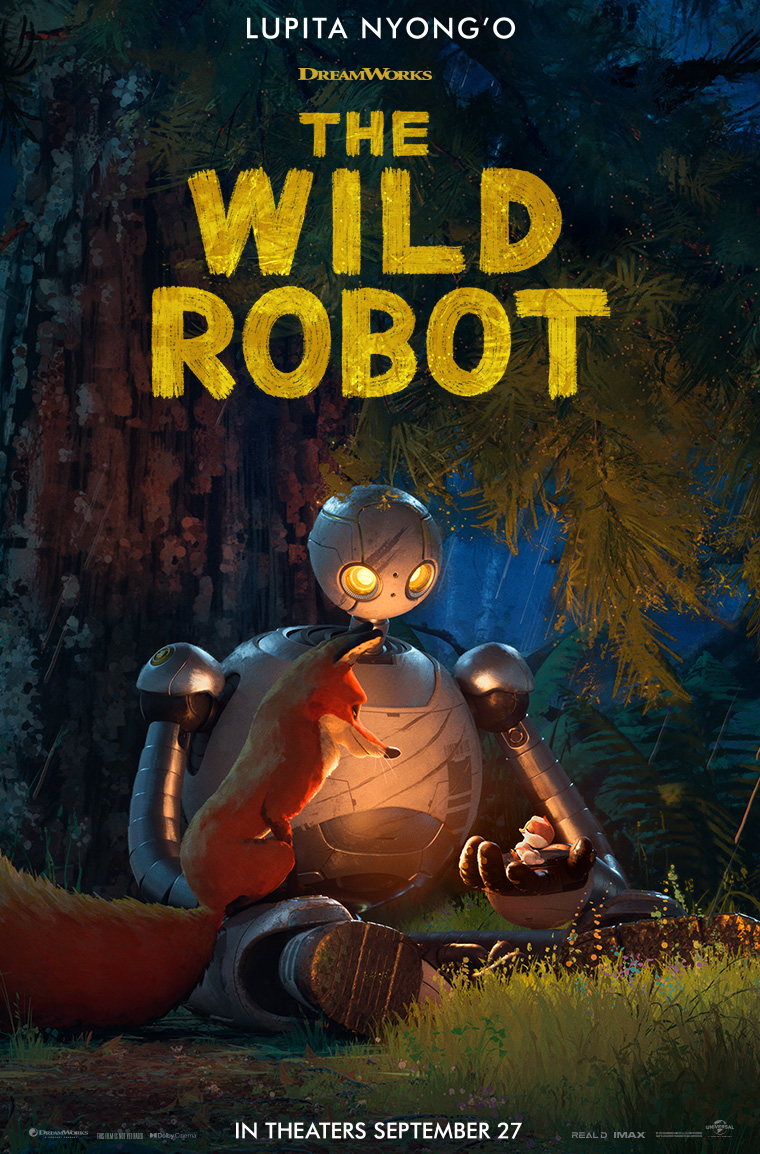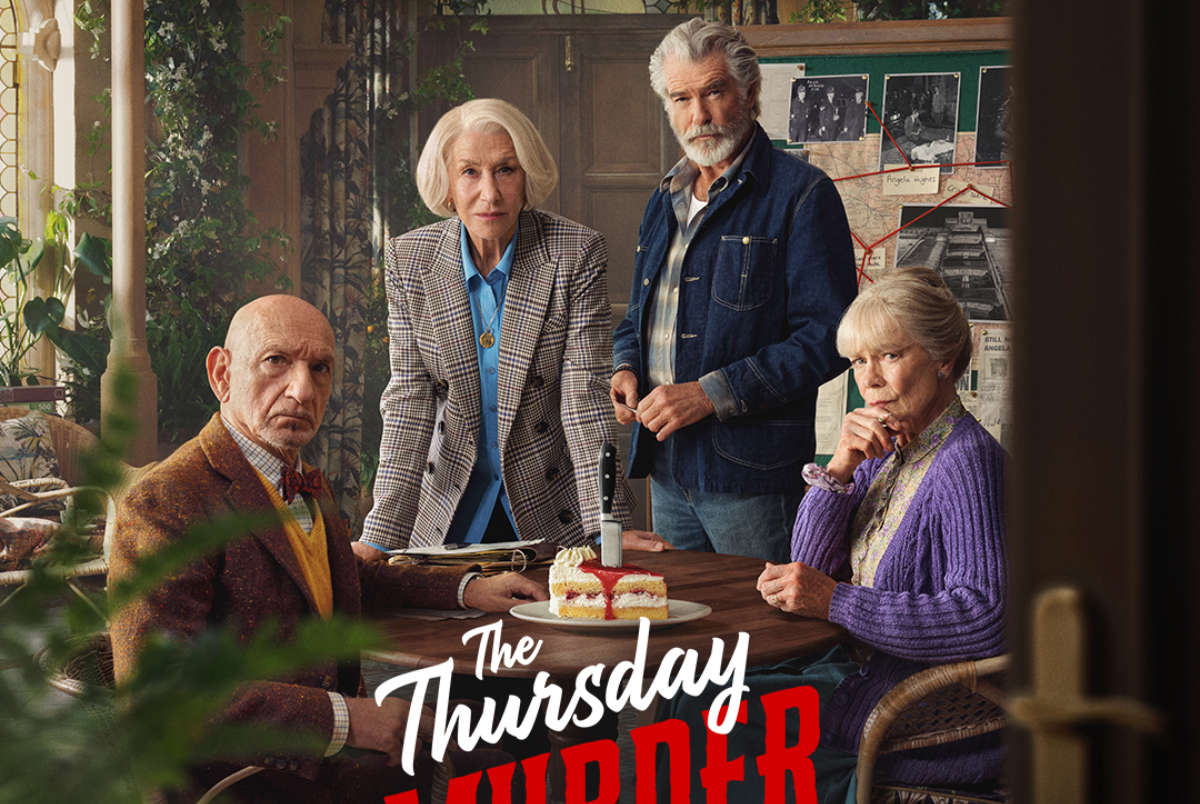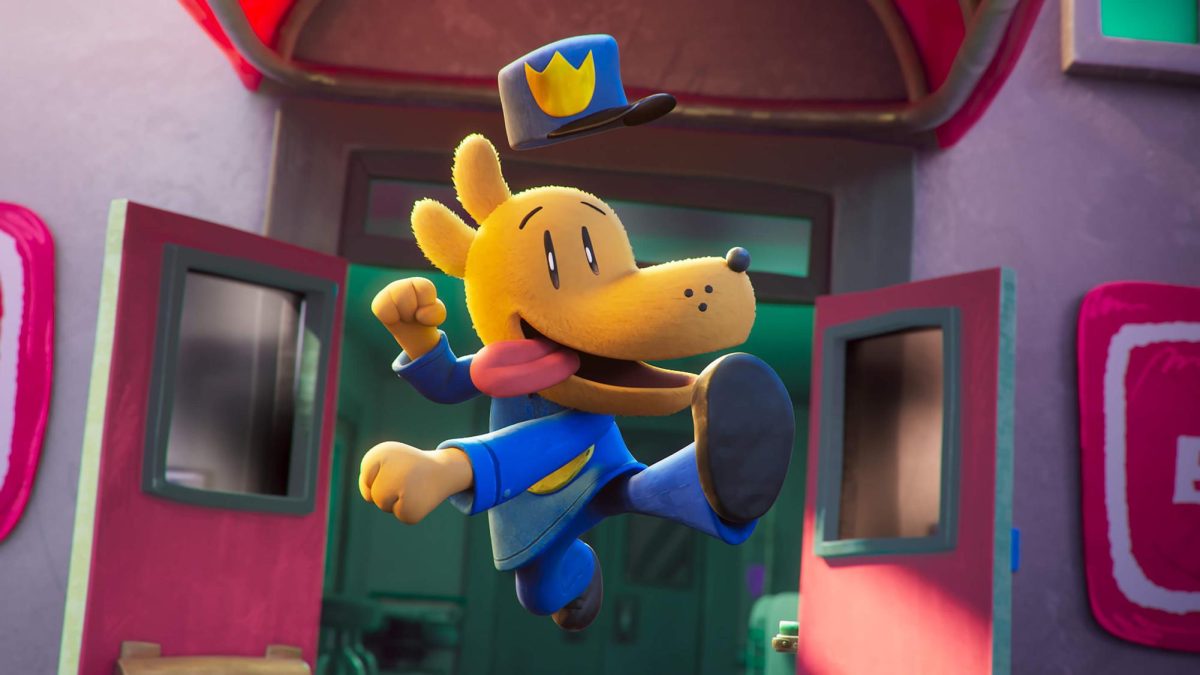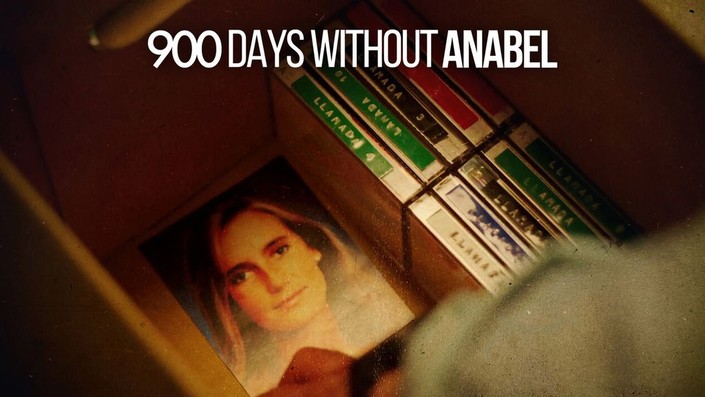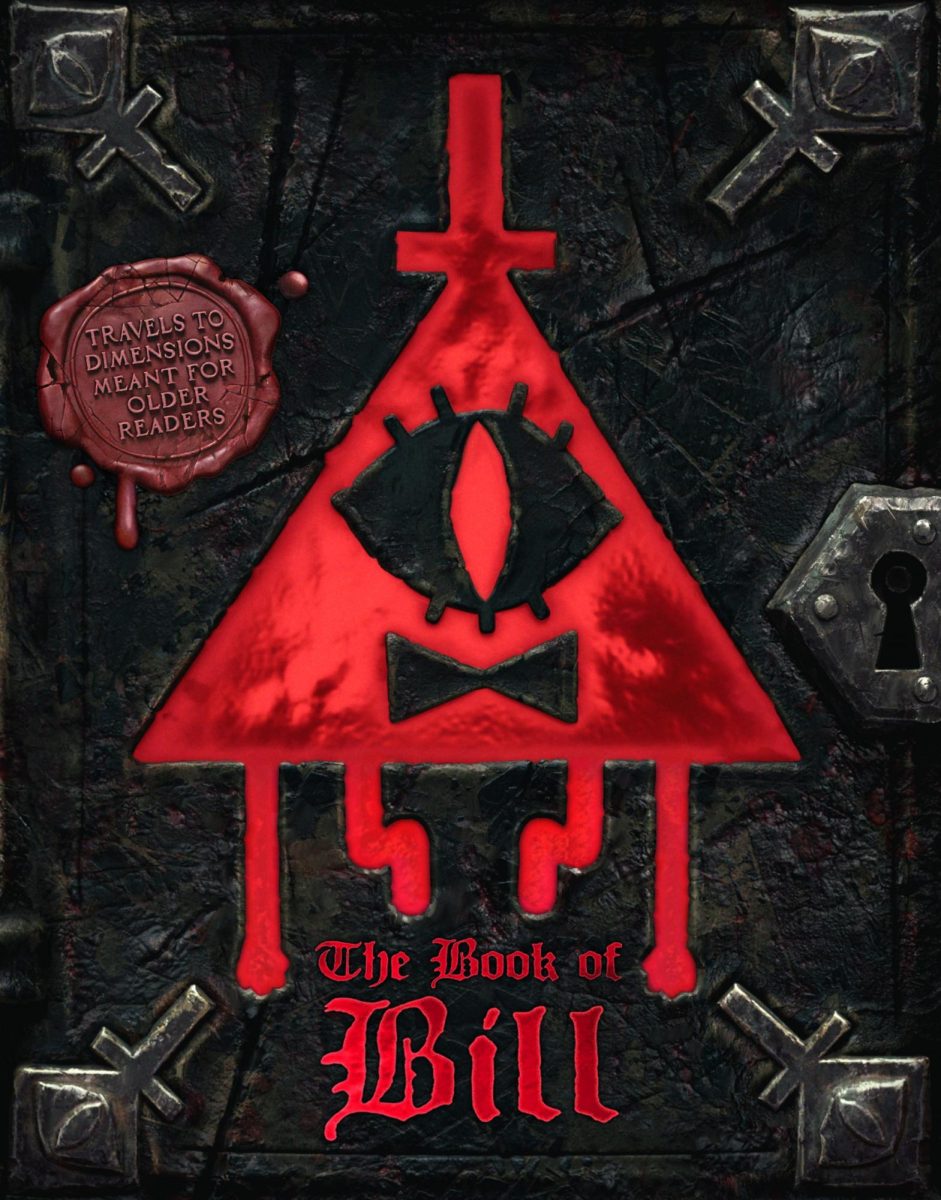I wish somebody had warned me to bring tissues to the theater. Sure, I would’ve looked pretty stupid, but it would’ve saved me from leaving my seat misty-eyed. To a stranger of “The Wild Robot” series, the movie presents itself as a simple adaptation of a child’s storybook. But really, it is the transformation of a classic underdog story that fills your heart to the brim, woven into an awe-inspiring tale of acceptance, motherhood, and survival.
Originating in 2016, “The Wild Robot” was a short book series written by Peter Brown. He was inspired by the will of nature to survive in unnatural places—and naturally—unnatural things living in nature. As such, the image of a lone robot standing in a tree came to mind. This inspired his very first children’s novel, based on finding harmony in the strangest of places. From there, he meticulously carved and crafted the wild world around a singular robot in a tree: ROZZUM unit 7134 (Lupita Nyong’o).
The story follows ROZZUM unit 7134, abandoned on the rocky shore of a desolate island. Through her innate mission to assist, she stampedes along the island in search of a task—ruining the peace of the island’s wildlife in the process. ROZZUM becomes a subject of fear for the local inhabitants, as she struggles to adapt to a world where she isn’t needed. But while at her wit’s end, she finds her first task in a tiny bird egg, and it is then she begins her life as “Roz” instead.
I enjoy how the story handles the conflict between Roz and the island. The distrust of the animals is completely understandable, as I wouldn’t want an intruder destroying my home or trampling my crops either. On top of that, the language barrier between robot and wildlife is the most interesting aspect of the beginning sequence. It’s something so obvious that most films tend to forget when protagonists enter a foreign land. The Wild Robot’s attention to detail brings its storytelling to another level, and makes the journey even more impactful.
Roz’s search for belonging begins with a lonely fox named Fink (Pedro Pascal), and a runt bird she names Brightbill (Kit Connor). The heart of the movie comes from the relationship between the three, as Roz struggles to raise Brightbill under the guidance of Fink. This dynamic is extremely entertaining to watch, and their influences on each other’s growth is genuinely interesting. In addition, the movie’s humor peaks when it comes to Roz’s experiences as a first-time mother, while at the same time, bringing attention to the tribulations of parenthood.
The paint-like texture and bright colors of the film resemble the pages of a storybook, true to its source. As most of the scenes take place in the forest, the world of The Wild Robot is breathing with life. The immersive cinematography is artfully done by Chris Stover, the cinematographer for Dreamworks recent hit: “Puss In Boots: The Last Wish.” Between the two movies, light and color are the highlight of every scene. The light evolves with the story, effectively shaping the mood to fit the character’s arc. On top of that, the composition of the colors masterfully directs the viewer’s eyes across each scene, enhancing the overall story.
But unlike most movies, “The Wild Robot” doesn’t rely on dialogue to tell a detailed story. And despite aiming for younger audiences, it tells a comprehensive story that any age can understand. In many scenes, it silences the characters and lets the audience fill in the rest. As I often complain when movies narrate the obvious, this was like a breath of fresh air. Nevertheless, there was a moment when I looked away from the screen, only to find myself lost in the story for a short while. But unless you drop your phone underneath the theater seats, the story is clear as day.
Despite the original book’s sequel, “The Wild Robot Escapes,” this movie does amazingly well as a stand-alone film; it feels satisfyingly complete, despite the bittersweet ending. “The Wild Robot” appeals to a broader demographic than what it sought, as the journey and emotions of Roz is something that all ages can understand. The story is a wonderfully heartwarming spectacle to cherish with family members, as Peter Brown has created one of the most uniquely simple stories I’ve seen yet. Once again, bring some tissues when you head to the theater; the story of Roz will surely break your heart and heal it all over again.

